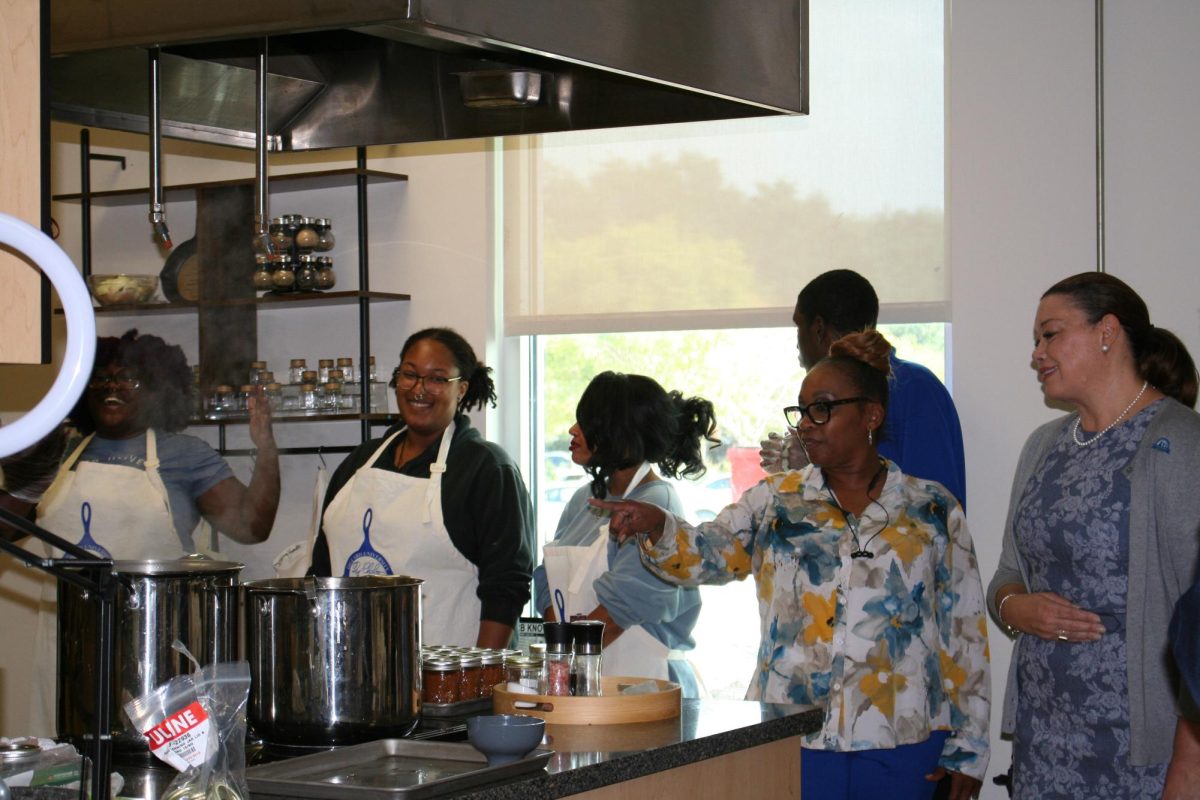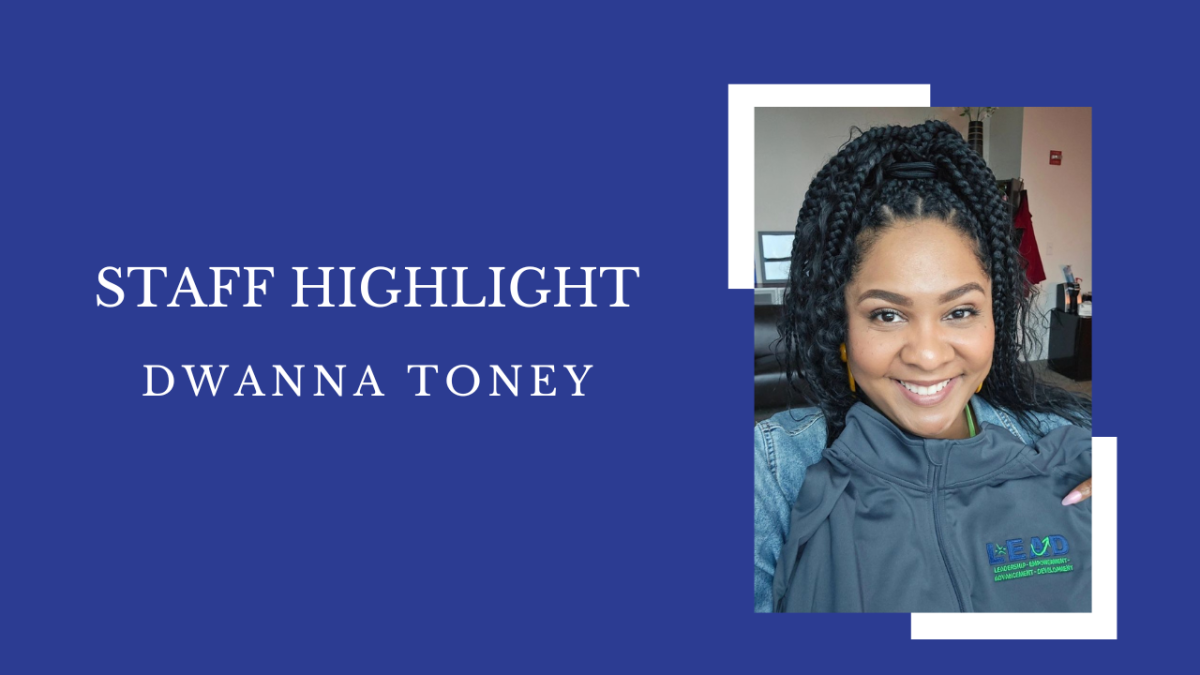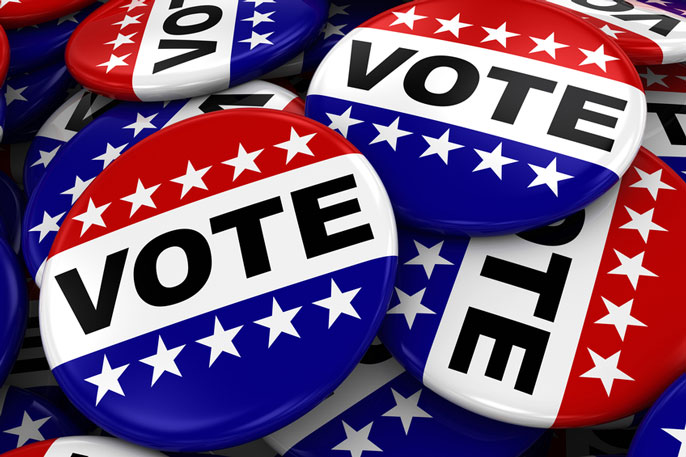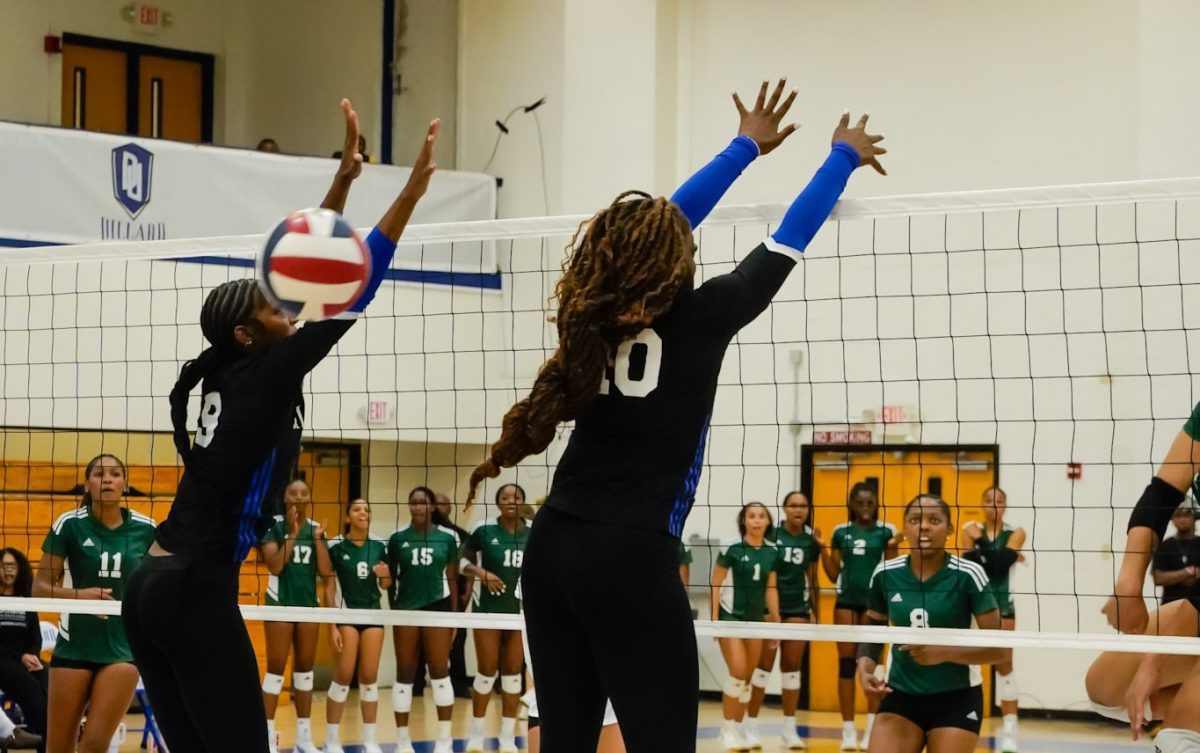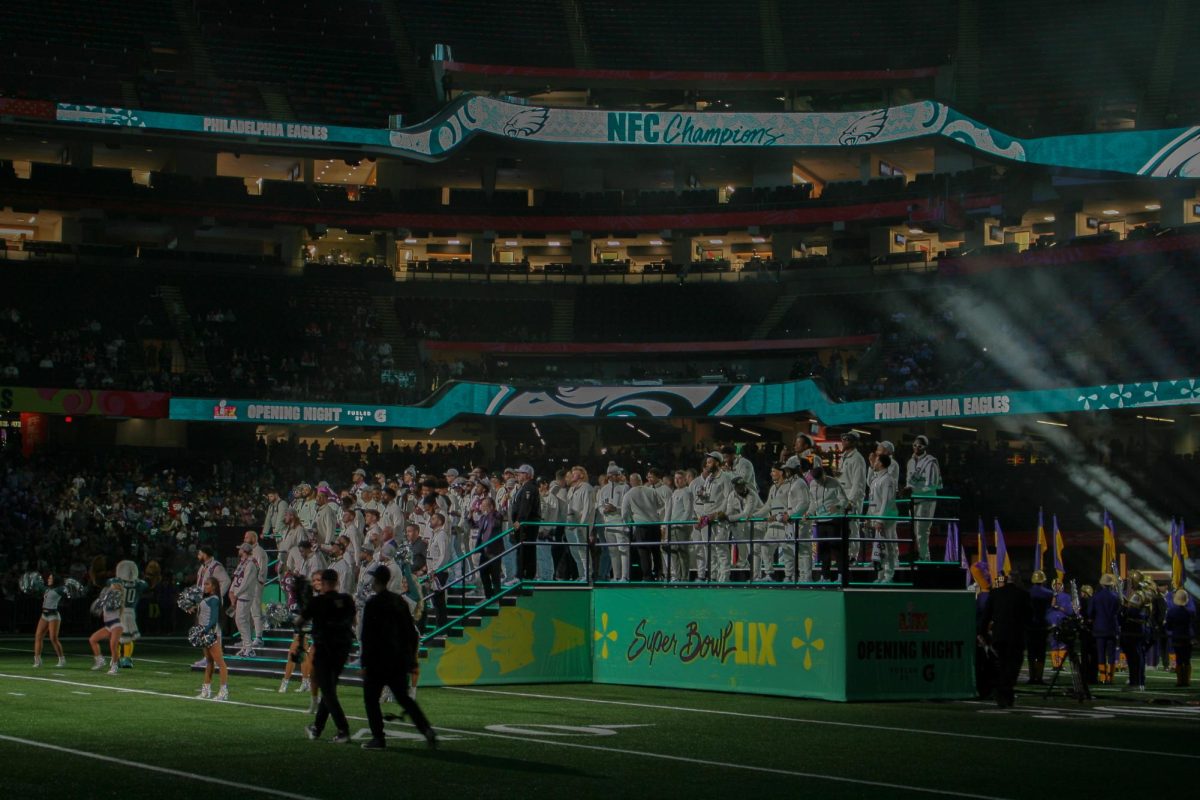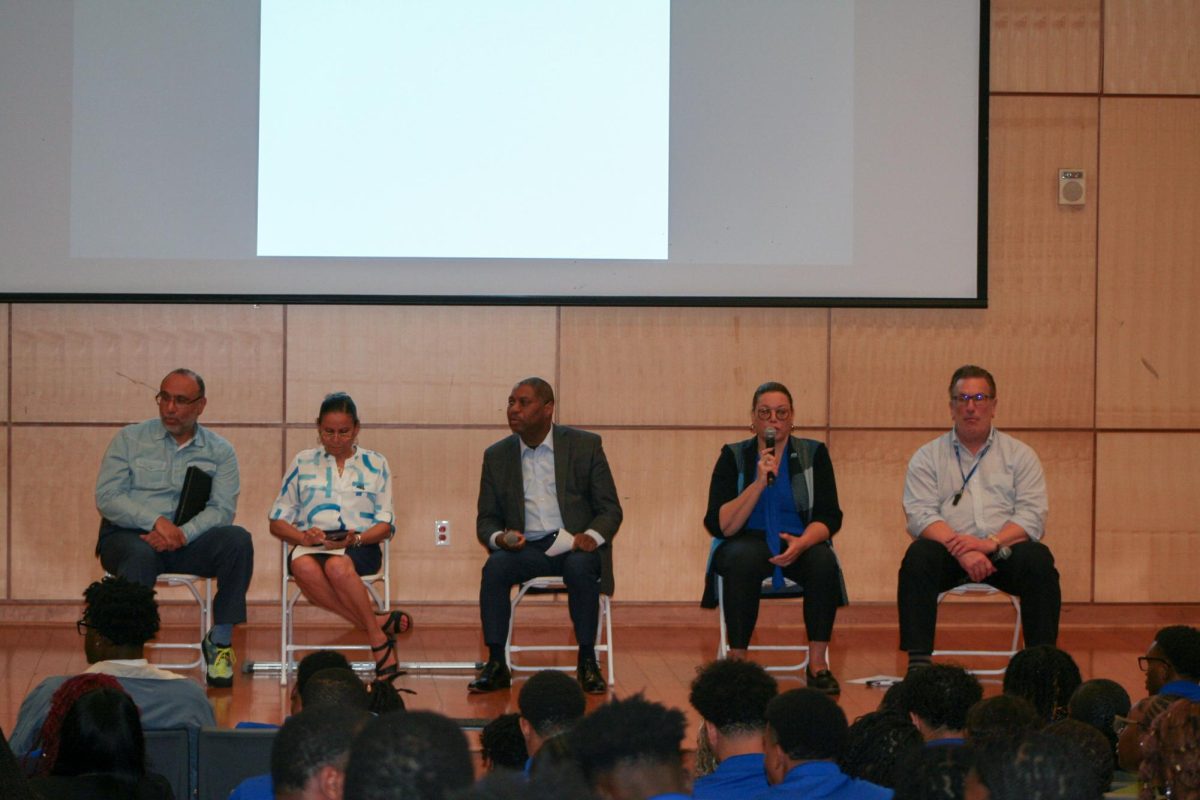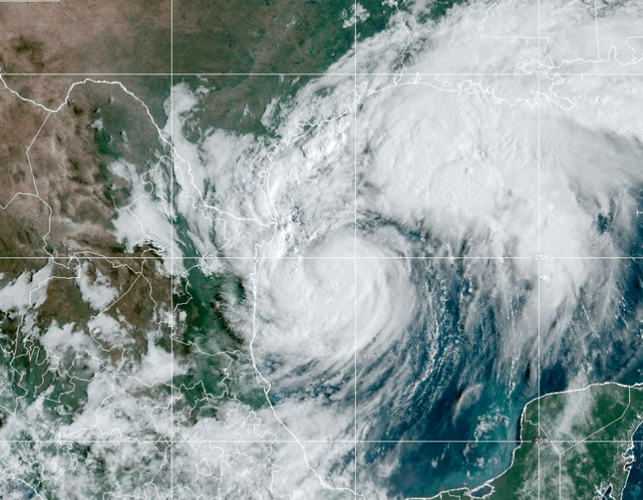
Photo provided by BreAnna Salary/Courtbouillon
BreAnna Salary, kneeling second from the left, poses with group from Dillard at the march on April 29.
Thirty-six Dillard students were among students from 15 HBCUs to greet Trump’s 100th day in office with a march at the U.S. Capitol to fight against climate-change denial Saturday, April 29.
We traveled for about 20 hours to get to join about 200 other students from HBCUs to march for the People’s Climate Movement, in which an estimated 200,000 people attended. Two buses arrived around 10 p.m. Thursday to pick up 36 Dillard students. Already on the buses were students from Southern University, Baton Rouge, and Alcorn State University. On our way to Arlington, Va., where we would be staying, we picked up students from Grambling University.
Once we arrived, we were greeted by students from Alabama State University, Bethune-Cookman, Claflin University, Clark Atlanta University, Florida A&M University, Howard University, Morehouse University, North Carolina A&T, South Carolina State University, Texas State University and Virginia State University.
After we settled into the hotel, we were back on the road, this time to Howard University for a seminar featuring more than15 speakers, including DU alumnus Payton M. Wilkerson. One discussed rejecting the myth that black people do not care about climate and the environment; our presence was proof. (Even so, more minority support is needed in the fight to protect the planet, as we could see once we joined the crowd.)
On Saturday, we needed to be up and ready by 8 a.m. for breakfast and to prepare for the march. It did not begin until 12:30 p.m., but we had to arrive early because we were a part of the front lines. Students wore paraphernalia from their schools, and we were all given orange bandanas that said “HBCU.”
While we waited for the march to begin, students began to make chants, help other protesters put together their signs and banners, and speak with other groups and individuals about why they were marching.
The lack of young people and people of color was apparent as the crowd gathered. I saw a group of Native Americans and Mexican Americans, but the overall majority seemed to be older white folks.
I did see one local Black Lives Matter group. I spoke to a member who had children with her, and I asked her why she had so many children attending; she responded that children needed to be here more than any of us because climate change will affect them more.
As soon as the march started, the sun came out in full force. The temperature reached 92 degrees while we were marching, but that didn’t deter the crowd. Chants were being yelled, signs were being held high and people were united. The atmosphere was full of energy. Once we heard other groups chanting, we joined in and even started our own. One chant of our chants was “HBCU, climate change is true.”
The march from the Capitol to the White House took about one hour and 30 minutes. Once we arrived at the White House, we took a seat and had a moment of silence, and then everyone began to beat on their heart for unity.
An elderly woman next to me began to sing, “This Land Is Your Land,” and many around joined her. This was my favorite moment because this song conveyed what we were all gathered to do: Save the land that we all call home.



